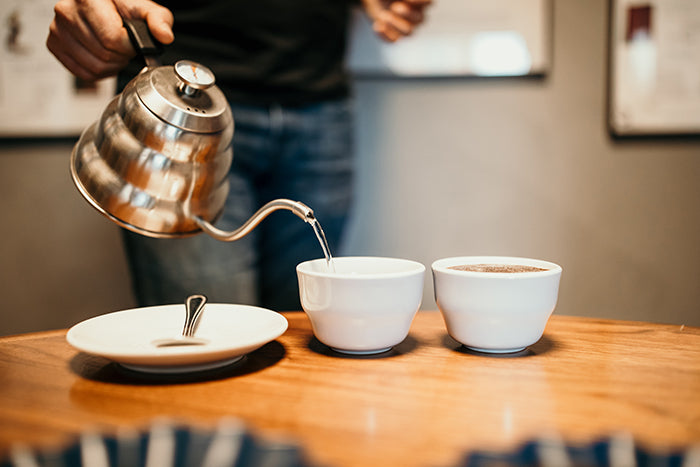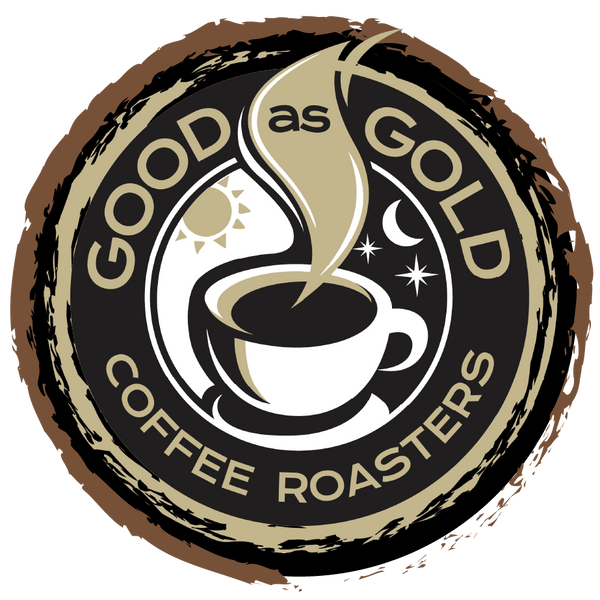
Why RO (Reverse Osmosis) water makes your daily cup of coffee taste flat!
Share
Many of the topics of this blog come from our real world experiences that we face in our office coffee service and our food service accounts. I want to take this moment to address an issue that we run into from time to time; and that is RO or Reverse Osmosis water.
The most prevalent component of a cup of coffee is water. It makes sense that you should use good coffee and good water to make a good brew. Typically, you would use clean, fresh water devoid of any off-tastes, odors or chlorine as a basic criterion for brewing drip coffee. Unfortunately, that still doesn’t
guarantee a good tasting cup of coffee.
Many homes and businesses use RO systems to provide safe, clean drinking water but it can also ruin a cup of coffee. Because reverse osmosis water removes the minerals from the water, the coffee’s soluble solids imparted from the brewing process and its aromatic coffee flavors cannot attach itself to the mineral ions thus resulting in a flat-tasting cup of coffee. Coffee needs minerals in the water, in particular, magnesium and calcium to make it flavorful.
If you use an RO System and want to get better tasting coffee, you can add a specialized filter that adds minerals to the RO water which will make the coffee taste a lot better. I recommend fine filtering your municipal tap water and If you must use bottled water, use spring water and not distilled. Remember, you need good water to make a good coffee taste good. Good As Gold Coffee brings out the best from good water!
Below you will find the SCAA water standards for a brewing coffee:
| Characteristic | Target | Acceptable Range |
|---|---|---|
| Odor 1 | Clean Fresh / Odor Free | |
| Chlorine | None | None |
| Calcium Hardness | 50-175 ppm CaCO3 | 50-175 ppm CaCO3 |
| Alkalinity | 40 ppm | At or near 40-70 ppm CaCO3 |
| pH | 7.0 | 6 - 8 |
At Good As Gold Coffee Roasters we apply our experience to our office coffee customers and foodservice accounts to ensure you are experiencing the best cup of coffee possible.
